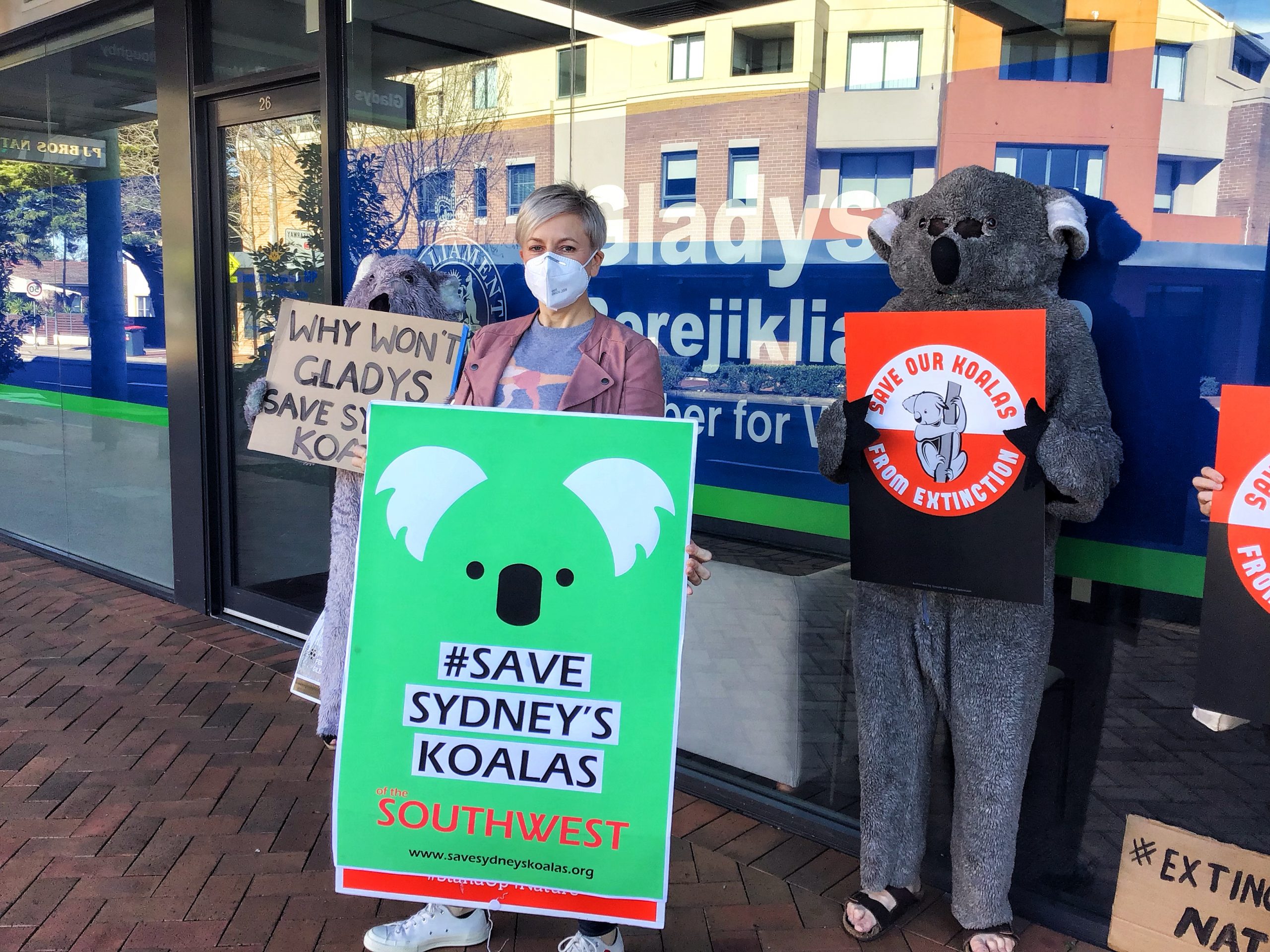*Taking a nap at Bootawa, NSW (Photo: Mark Kriedemann)
The New South Wales Nationals may be licking their wounds after failing to water down new koala habitat protections, but beyond the politics of tree and land management is an undebatable reality.
Australia’s favourite marsupial – the koala – could be extinct in just 30 years.
Just before Nationals Leader John Barilaro unsuccessfully took on Premier Gladys Berejiklian over farm clearance restrictions, a parliamentary enquiry found “urgent government intervention” was needed to save koala populations and habitats.
The year-long inquiry spanned the drought and catastrophic summer bushfires. Its findings were released in June and included 42 recommendations for the NSW government to consider. These included the creation of the Georges River Koala National Park in south-west Sydney and the protection of old-growth forests from logging.
According to the report, approximately 5000 koalas perished in the Black Summer fires, and “an estimated 24 per cent of koala habitat on public land has been severely impacted.”
“Koalas across NSW are under threat like never before, particularly after the bushfires,” said Greens MP and committee chairwoman Cate Faehrmann. “The ball is now in the government’s court to protect koala habitat at threat.”
“We have to prevent further loss and fragmentation of koala habitat if we are going to stop koalas becoming extinct in NSW before 2050.”
On the recent “Save Our Koalas: Day of Action”, environmental groups from across NSW came together to campaign for the government to implement the recommendations of the Upper House inquiry.
Doro Babeck from the Bob Brown Foundation was among the demonstrators. “We urge Gladys Berejiklian to protect trees and forests, or we will lose not only koalas but also the race against the climate crisis,” she said.
“We need her to sign a moratorium now to stop logging all native forests and implement all the report’s recommendations.”
The pandemic presents a unique challenge to demonstrators with public gatherings limited to 20 people. According to Merrill Witt from Save Sydney’s Koalas: “it’s made it really hard. Normally with koalas there’s so much interest, especially after the fires, that you could have people marching in the city. That can’t happen anymore.”
However, organisers have become creative and are using online video conferencing to stage “virtual” protests.
“We’re getting very good at Zoom,” explained Diana Pryde from The Wilderness Society. “We’ve got people from all over the place, and we’re just getting on Zoom once a week and discussing what we can do.”
Saul Deane, an urban sustainability campaigner from the Total Environment Centre, highlights the economic opportunity presented by Sydney’s koala population.
“Koalas are an economic boon. We have koalas an hour out of Sydney. We should be looking at this as a fantastic opportunity, not looking at it as a nuisance in the way of housing development.”
Ms Faehrmann emphasised the importance of ecologically sustainable growth and securing koala populations for future generations.
“It’s time that the environment stopped being [used as] a political football. It’s time that all politicians recognise that we can have healthy, sustainable lives, a strong economy, and a beautiful environment. In fact, it should be the way that we grow our economy.
“The koala is a mascot for our environmental challenges. If we can’t save the koala, which the world loves so much, then surely there’s not much hope for our environment here in NSW.”
— Stephanie Tran @sstephanietrann































